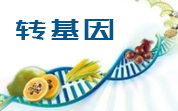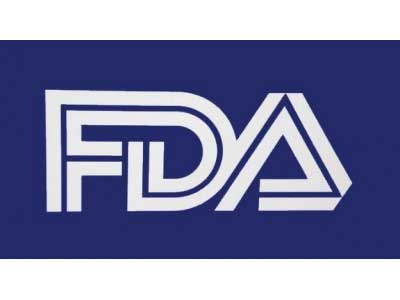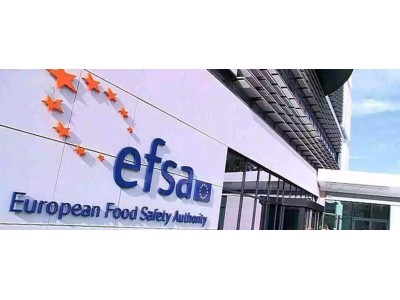йЈҹе“ҒдјҷдјҙзҪ‘и®Ҝ жҚ®ж¬§зӣҹйЈҹе“Ғе®үе…ЁеұҖпјҲEFSAпјүж¶ҲжҒҜпјҢ10жңҲ30ж—Ҙ欧зӣҹйЈҹе“Ғе®үе…ЁеұҖ专家组е°ұеӯҹеұұйғҪиҪ¬еҹәеӣ еӨ§иұҶMON 87705з”ЁдәҺйЈҹе“ҒгҖҒйҘІж–ҷгҖҒиҝӣеҸЈгҖҒеҠ е·ҘеҸ‘еёғдәҶж„Ҹи§ҒгҖӮ
欧зӣҹйЈҹе“Ғе®үе…ЁеұҖиҪ¬еҹәеӣ з”ҹзү©дё“家组и®ӨдёәпјҢеңЁе®үе…ЁжҖ§ж–№йқўиҪ¬еҹәеӣ еӨ§иұҶMON 87705еҗҢдј з»ҹеӨ§иұҶдёҖж ·пјҢдёҚдјҡеҜ№дәәдҪ“гҖҒеҠЁзү©зҡ„еҒҘеә·д»ҘеҸҠзҺҜеўғдә§з”ҹиҙҹйқўеҪұе“ҚгҖӮ
йғЁеҲҶеҺҹж–ҮжҠҘйҒ“еҰӮдёӢпјҡ
Following the submission of an application пјҲEFSA-GMO-NL-2010-78пјү under Regulation пјҲECпјү No 1829/2003 from Monsanto, the Panel on Genetically Modified Organisms of the European Food Safety Authority пјҲEFSA GMO Panelпјү was asked to deliver a scientific opinion on the safety of herbicide-tolerant, increased oleic acid genetically modified пјҲGMпјү soybean MON 87705 пјҲUnique Identifier MON-87705-6пјү for food and feed uses, import and processing.
In delivering its scientific opinion, the EFSA GMO Panel considered the application EFSA-GMO-NL-2010-78, additional information supplied by the applicant, scientific comments submitted by the Member States and relevant scientific publications. The scope of application EFSA-GMO-NL-2010-78 is for food and feed uses, import and processing of soybean MON 87705 within the European Union as any non-GM soybean but excludes cultivation in the EU. The EFSA GMO Panel evaluated soybean MON 87705 with reference to the intended uses defined by the applicant and appropriate principles described in its Guidance Document of the Scientific Panel on Genetically Modified Organisms for the Risk Assessment of Genetically Modified Plants and Derived Food and Feed пјҲEFSA, 2006a, 2011aпјүгҖӮ The applicant stated that the fatty acid properties of soybean MON 87705 oil would be suitable for replacement of liquid vegetable oils currently used in margarine, salad dressing, mayonnaise and spread, and home-use liquid oil. The applicant did not provide data which would allow a nutritional assessment of soybean MON 87705 oil when used for commercial frying пјҲi.e. high-temperature and repeated fryingпјүгҖӮ Therefore, the nutritional assessment of soybean MON 87705 oil performed by the GMO Panel in this Opinion excludes commercial frying.
The scientific risk assessment included molecular characterisation of the inserted DNA, evaluation of the levels of the CP4 EPSPS protein and the increased oleic acid phenotype. An evaluation of the comparative analyses of composition, agronomic and phenotypic traits was undertaken, and the safety of the new proteins and the whole food/feed was evaluated with respect to potential toxicity, allergenicity and nutritional wholesomeness. An evaluation of the environmental impacts and the post-market environmental monitoring plan was undertaken.
жӣҙеӨҡиҜ·и§Ғпјҡhttp://www.efsa.europa.eu/en/efsajournal/pub/2909.htm











 ең°еҢәпјҡ
ең°еҢәпјҡ






 йІҒе…¬зҪ‘е®үеӨҮ 37060202000128еҸ·
йІҒе…¬зҪ‘е®үеӨҮ 37060202000128еҸ·



